Within Europe, the Nordic region has acquired a reputation for a progressive approach towards alternative investments.
And this interest shows no signs of abating. “There is definitely a growing interest in alternatives,” says Jan Bernhard Waage, managing director, Wassum Investment Consultancy, the affiliate of Hewitt in Stockholm. “Allocations in access of 10% are no longer uncommon.
However, liquidity has been an issue for many investors, and this is limiting the interest for long-term commitments such as private equity.”
He says that where pension funds are not investing in alternatives, liquidity and transparency are the main issues, as well as costs, to some extent.
“There are also some concerns over ethical behaviour,” he says. “This can entail hedge funds or private equity funds buying shares in companies in order to make quick returns by selling off assets.”
Waage says most investment in hedge funds has gone to single strategy domestic hedge funds, which have performed quite well.
“There is also some interest in international hedge fund of funds,” he says. “There is a similar situation with private equity. Domestic funds such as Nordic Capital, Industri Kapital and EQT top the list. There is also some interest in private equity fund of funds.”
Waage says that hedge fund investments are currently returning risk-free plus 2-3%, while private equity is returning 3- 5% above equities.
He says: “Sweden is more advanced in terms of hedge funds, while Norway and Finland are more experienced in private equity investments.”
“Across the board, we see an increasing interest in alternatives, with growing allocations,” says Steven Tack, director, institutional sales, northern Europe, Russell Investment Group.
“Typically, Danish pension funds were very slow in investing in hedge funds compared with Sweden and Finland. But we are now seeing increasing interest from Danish funds in hedge funds.”
However, he says that it is the Swedish pension funds which have been some of the biggest adopters of hedge funds, with a clear bias towards local providers.
“But we are now seeing them diversifying into global hedge funds,” he says. “They are diversifying geographically and also across strategies.
This is related to the new solvency regulations in Sweden, which encourage a greater spread of the risk budget. In the second quarter of this year when equity markets were coming down, there was low-risk diversification, with more scrutiny placed on the risk profile of the equity exposure. That happened in Finland as well.
One trend there is a move away from equity-linked investments on the hedge fund side.”
Tack says that Nordic pension funds are now asking their investment managers to demonstrate how much equity exposure the funds would get from a recommended investment portfolio.
“They are still faced with a lot of equity beta risk, and they can buy that much cheaper in non-equity funds,” he says. “However, pension funds still have some net long exposure.”
He says that another general trend, as pension funds grow their allocations to alternatives, is that the bar is raised in terms of transparency.
“They want to know how their allocation is going to behave and what return streams they are buying,” he says.
In terms of private equity, he agrees that allocations generally are growing.
But he says: “They are struggling a bit with the amount of resources required to keep a private equity programme going, so there is a trend towards outsourcing and funds of funds.
Many started off by themselves, but there was a strong element of familiarity by using a local private equity manager, such as EQT. Generally, Nordic funds have not been particularly successful at direct investing.”
n general terms, Tack says what is driving the growing allocation to alternatives is investors’ desire to actively get a broader spread of sources of return for balance sheet purposes.
“But the equity risk is not the only risk they should be taking - after all, what is the dividend for?” he says. “They should also understand where returns are coming from. Private equity, for example, offers an active skill-based strategic exposure to market risk.”
“In recent years, the overall picture is one of increasing interest in alternatives,” says Steen Villemoes, partner, Altius Associates.
“However, some institutions are understandably worried about the magnitude of the inflow of capital into private equity.”
He says that some of the larger Danish pension funds have established internal teams to cover alternatives, mostly focusing on private equity, for direct commitment to funds, primarily in the European market. Hedge funds are not such an important area for Danish pension funds.
“Outside the European markets, most invest via funds of funds, either through gatekeepers or advisers,” he says.
“ATP is the largest investor, but others include PFA Pension, Industriens Pensionsforsikring, PensionDanmark and PKA. Some funds also have direct commitments to funds, especially Danish funds.”
He says that Danish pension funds
are aiming at a 3-5% exposure of funds committed, but so far very few have reached 5%. “Of those with private equity programmes, the typical exposure is 2-3%,” he says.
He says that while most programmes are in the early stages, they are experiencing good returns.
“At present, many investors are only getting single digit returns for public equities, while some of the private equity programmes are able to demonstrate double digit returns.”
e says that in the Nordic area, there are a handful of venture funds which are able to raise money.
“But some venture funds are struggling to raise sufficient capital,” he says. “Although there are milder winds blowing over venture funds, there are still very few examples of positive returns. But investors are somewhat hesitant towards European venture.”
Meanwhile, he says that infrastructure funds - those investing in businesses which operate physical structures, such as highways, power grids and wind farms - are becoming increasingly more popular in Denmark.
“Infrastructure funds start to pay dividends relatively quickly after the money is invested, compared with private equity funds,” he says.
In Norway, there are fairly restrictive rules for investing in alternatives.
There is a 5% ceiling for “other” investments, which includes private equity and hedge funds, besides emerging market investments. And Norwegian pension funds are not allowed to invest in commodities at all.
However, there is a new law in the pipeline, which would lift the ceiling for “other” investments to 10%, with investment in individual funds limited to 1% of the portfolio.
“We expect the law to be implemented at the end of the year, although this may not necessarily happen,” says Caspar Holter, senior partner, pension fund consultants Pensjon & Finans. “However, it may accelerate a process which is already going on. We have seen a tendency to invest in hedge funds, but so far it is the more cash-rich pension funds which have done so.
Typically, pension funds invest in funds of funds, but up to now those have had very disappointing returns - only slightly above cash, for a volatility of up to 3%.”
Contrary to Waage, Holter considers that investment in private equity is lagging behind other Nordic countries, mainly because of the J-curve effect.
He says: “Norwegian pension funds have to deliver 3% a year from their total portfolio. So the less cash-rich pension funds cannot do it, as they are not allowed to show a negative return on any part of their portfolios. But where they do invest, the typical asset allocation is 3 to 5%.”



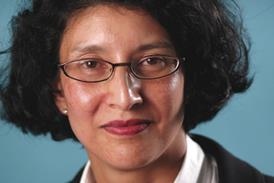




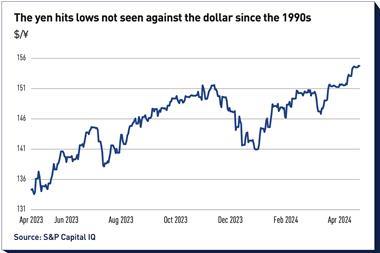
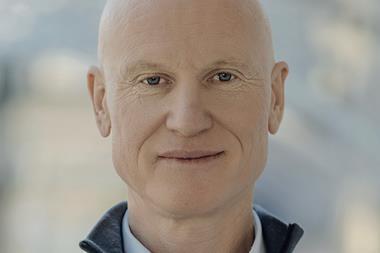
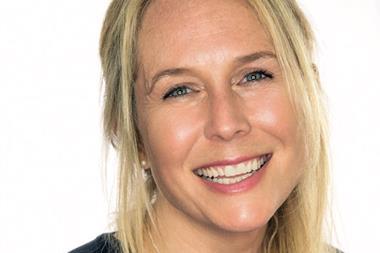
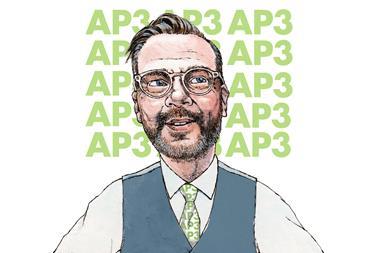
No comments yet